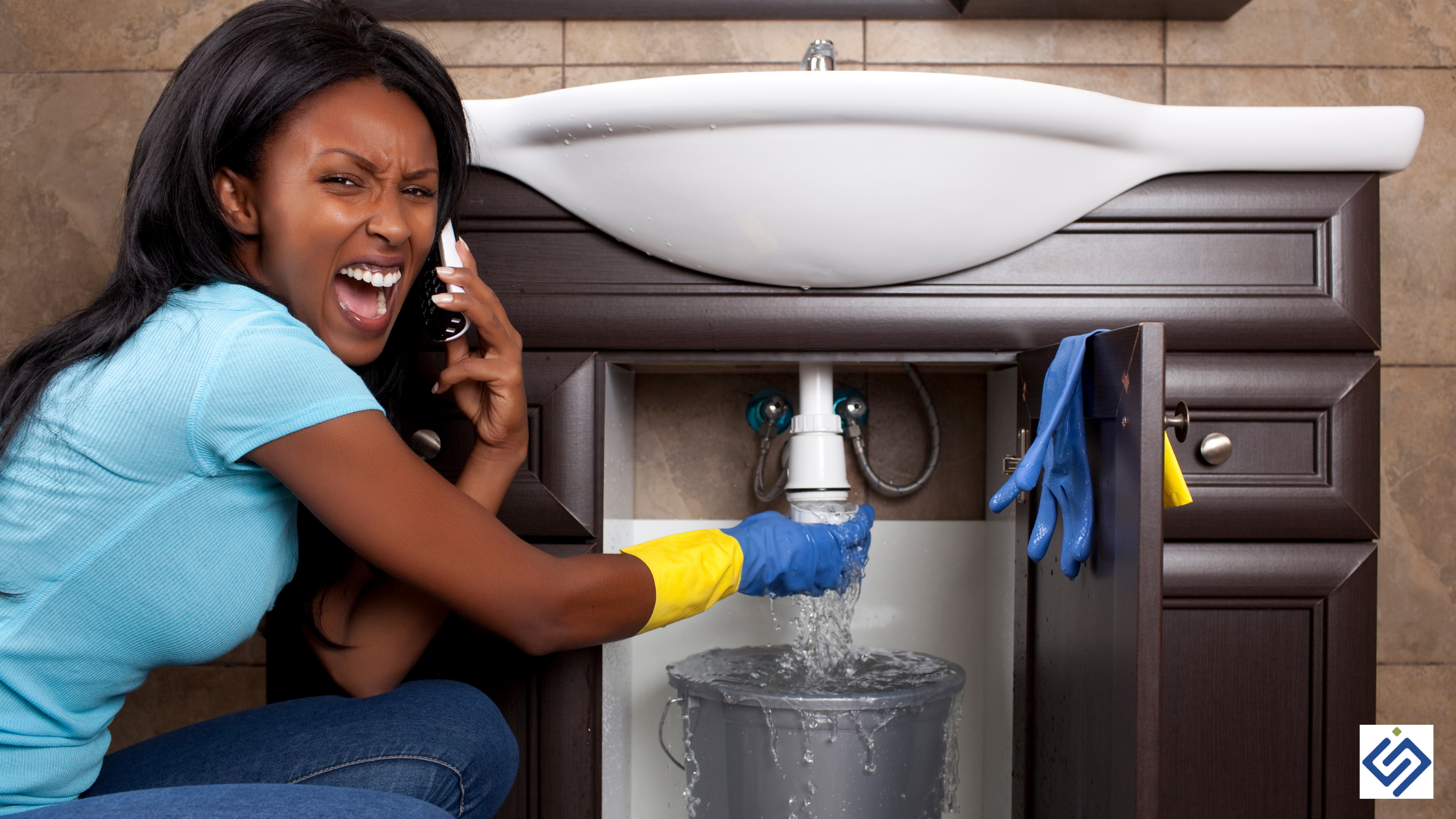Just how to avoid a Water Damaged Bathroom
Just how to avoid a Water Damaged Bathroom
Blog Article
What are your opinions regarding How to Fix a Water Damage Bathroom?

The restroom is extremely vulnerable for wet buildup and also possible water damages because of the regular use of water in it. This short article provides simple inspection techniques to aid finding water damage dangers.
The frequent use water in the bathroom makes it extremely at risk for moist accumulation and potential water damage. By inspecting it consistently, you can minimize water associated damages.
The following collection of assessments is simple to carry out and need to be done when in every three months in order to keep your washroom in good shape and to stop possible water damages caused by the bath tub, the shower, pipeline joints and plumbing, sinks, cupboards, and the toilet
Do not forget executing these evaluations and be thorough while executing them. Remember that these basic inspections can conserve you a great deal of money by providing very early signs for water damage
Sinks and Cabinets
Sinks and also cupboards are exposed to moisture and also humidity daily and also are typically overlooked. Evaluate on a regular basis under the sink and on the kitchen counter above it. Repair any drip in the catch as it may suggest drainpipe troubles. Browse the sink, slow draining pipelines may suggest a blocked drainpipe. Replace sink seals if they are split or loose.
Bathtub as well as Shower
The shower and bath tub call for unique interest and maintenance. Check the floor tiles as well as replace if split. Ensure that there is no missing cement between the tiles. Check as well as change split caulking at joints where the walls satisfy the floor or the tub. Clogged drains pipes and pipelines troubles will protect against the tub from drying out as well as might indicate significant problems under the bathtub. Seek advice from a professional promptly to prevent structural damage. Take notice of discolorations or soft locations around the bathtub walls as they might indicate an interior leakage.
Plumbing
Signs for water damage are difficult to detect because a lot of pipelines are set up inside the wall surfaces.
Pay unique attention to floor covering and also walls wetness and also stains as they may suggest an invisible plumbing problem. Inspect dampness degrees in adjoining spaces too.
The Commode
The toilet is a prone water joint. Examine the water lines and also search for leaks around the bathroom seat, in the tube, and under the water tank. If you discover any kind of signs of moisture on the floor around the commode, look for leaks in the toilet edge and also tank seals.
Understand that hanging bathroom dish antiperspirants raises the chances for clogs.
Water Damage Signs In The Bathroom To Avoid Cleanup
Musty smell
This is one of the easiest signs to catch because musty smells are so odorous. The damp, earthy, moldy smell should be a big red flag. The smell will develop when moisture gets trapped in surfaces, and begins to facilitate mold growth. Leaking pipes under cabinets, inside walls, and behind shower fixtures will cause moisture to stay trapped and not dry, which will lead to mold growth and spread. As soon as you notice any musty smells in your bathroom, have it checked for hidden water damage and cleanup signs.
Visible mold
If the smell isn’t there to give it away, sometimes you will actually see mold growth. Finding mold in your bathroom is a serious problem, because mold is very harmful to your health. By the time mold growth is visible, it also means that water damage has already occurred and been present for some time. The only way the mold problem can be resolved is to find the source of the moisture and get it stopped. To safely and adequately remove mold, you need to have professionals handle the remediation. Do not waste any time in getting mold problems addressed, fixed, and sanitized so that you can protect you and your family from the many respiratory symptoms caused by mold exposure.
Damaged floors
Bathroom floors should be able to withstand some exposure to water while still remaining in good condition. However, when excess exposure or water leaks occur, they will begin to damage even the most water-resistant flooring. If you notice any cracking, bubbling, staining, or warping on your bathroom floors, there is probably a water leak somewhere causing the distortion. If you notice areas of the floor have become softer, or even have a spongy feeling, there is probably damage to the subfloor. Subflooring is typically made up of plywood. When plywood is exposed to water or moisture, it will absorb it. Once it has become saturated, the weight of the excess water will cause the wood to swell and soften. Check the floors in your bathroom frequently to catch any of these sings before they lead to damaged subflooring.
Changes on walls
When water leaks behind walls, it will cause changes in the drywall. Peeling plaster, blistering paint, and soggy wallpaper are all good indicators that excess water is building up behind the wall. Water leaking behind drywall will cause it to swell and be soft to the tough. If you start to notice gaps along the trim of your walls, or where tile meets the wall, it could also be a strong indicator that there is a leak behind the wall. Any changes, distortion, or damage on the walls should be evaluated as soon as you notice it to prevent further water damage and cleanup.

We hope you liked our excerpt about Preventing Water Damage in the Bathroom. Thanks for taking a few minutes to browse our content. Those who appreciated our article if you please do not forget to pass it around. Thanks a bunch for your time. Visit us again soon.
Get Estimate Report this page